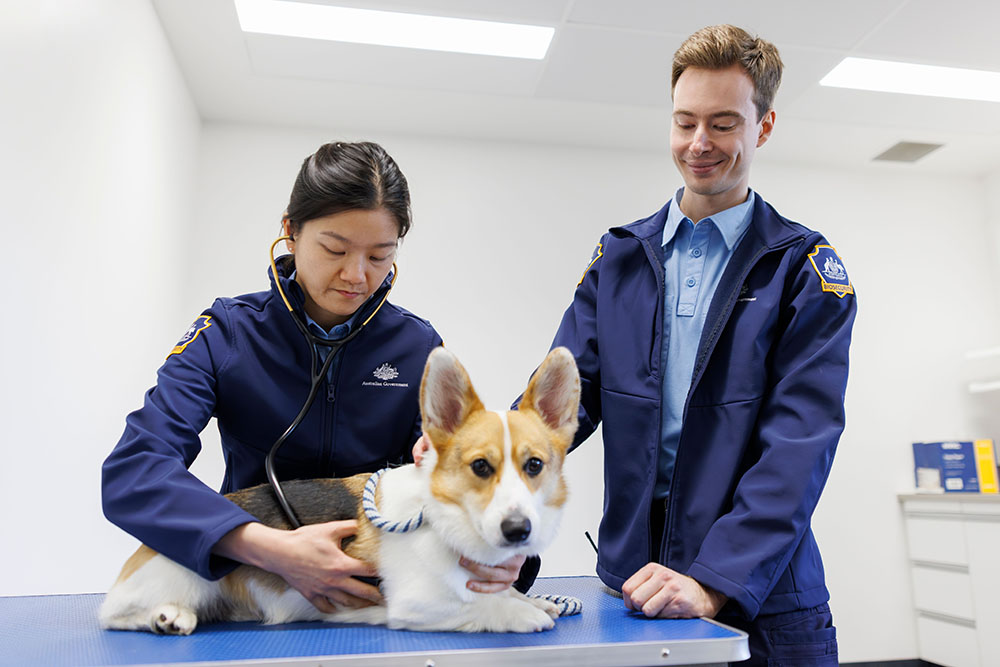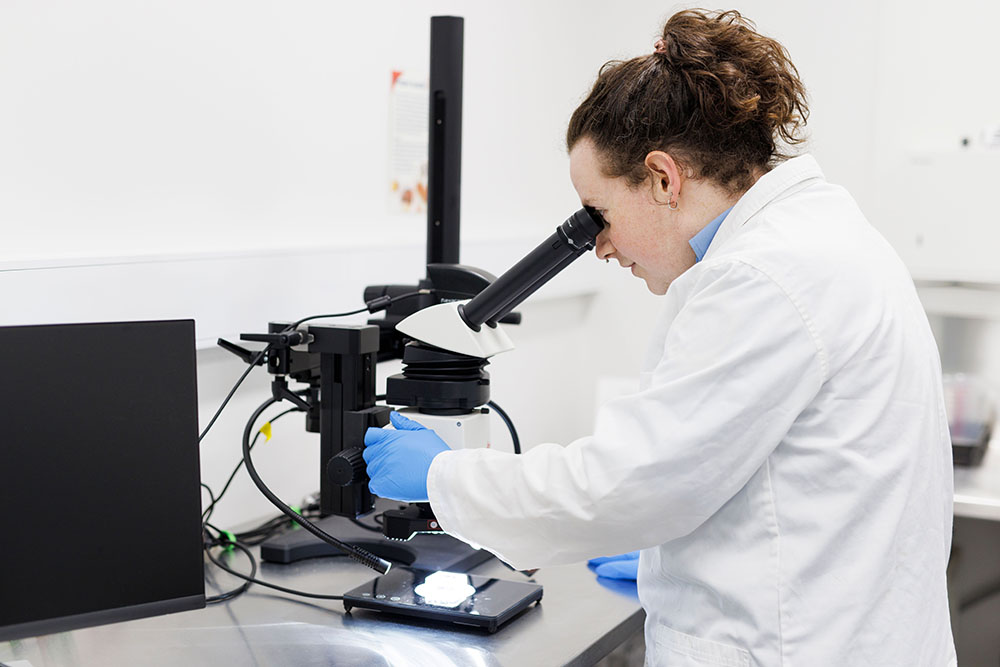
Plants and animals imported to Australia can pose a risk of introducing exotic pests and diseases. One of the ways we manage this risk is quarantine on arrival in Australia.
Plants and animals that undergo post-entry quarantine include:
Plants and animals imported to Australia can pose a risk of introducing exotic pests and diseases. One of the ways we manage this risk is quarantine on arrival in Australia.
Plants and animals that undergo post-entry quarantine include:
Cats
Dogs
Horses
Live birds
Hatching eggs
Bees
Our Post Entry Quarantine Facility in Mickleham, Victoria is a world-leading facility. It includes integrated veterinary facilities for medical care and veterinary inspection along with specialised laboratories used for plant diagnostics and research.
All high-risk animals and plants entering Australia must isolate for specified time periods at this facility. Any concerns about infectious diseases or pests detected will extend the stay.
Before the Mickleham facility opened, we operated 5 quarantine premises across 4 states. These were each over 25 years old.
Opening this state-of-the-art facility better enabled us to protect our biosecurity and streamline the movement of animals and goods into Australia.
Large numbers of animals and plants pass through the facility each year. This has included:
cats and dog imports in 2024
horse imports in 2024
poultry/duck imports in 2024
plant varieties imported in 2024
Explore key milestones and some of the diverse range of visitors in the 10 years since the PEQ was opened.
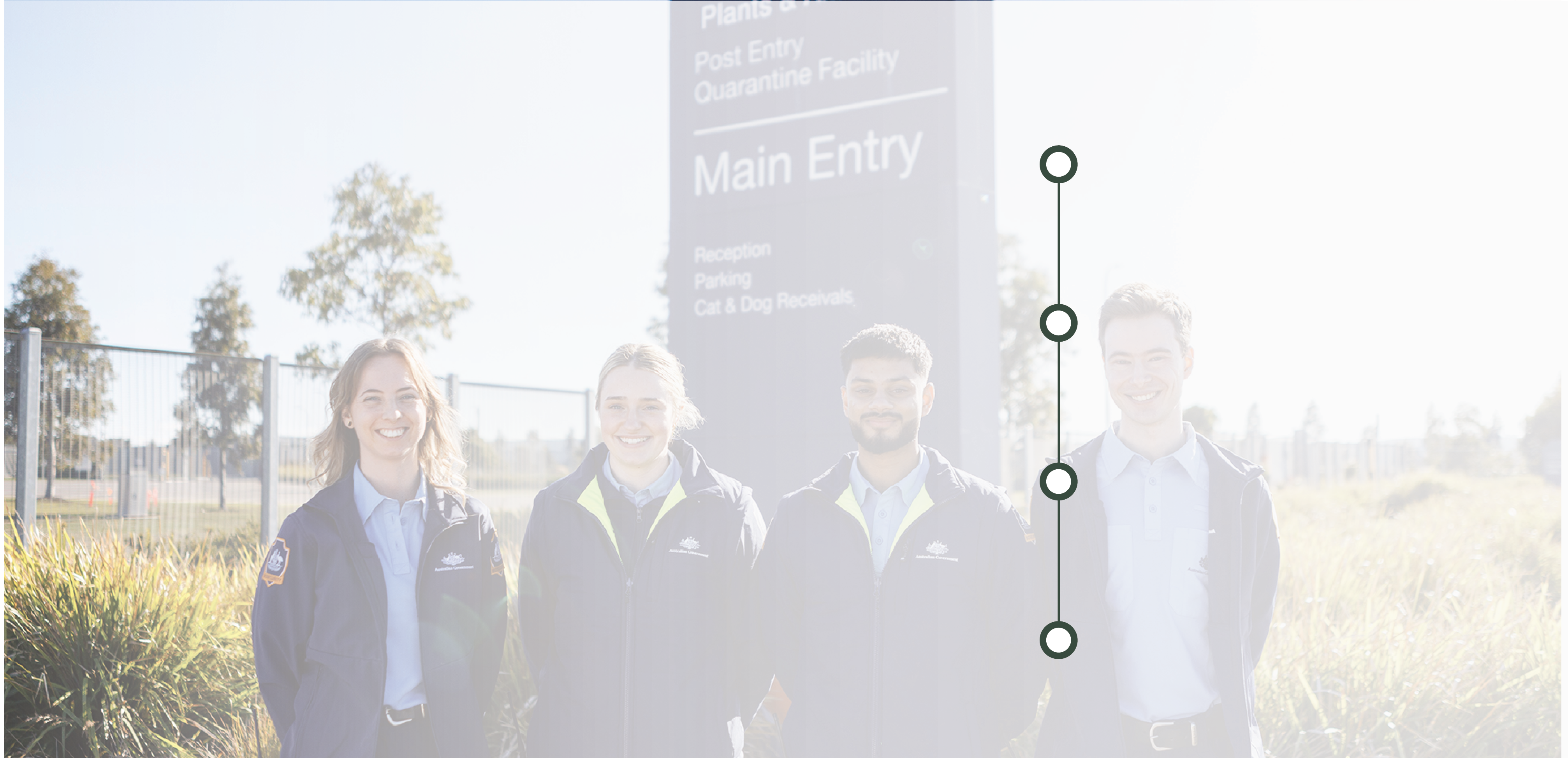
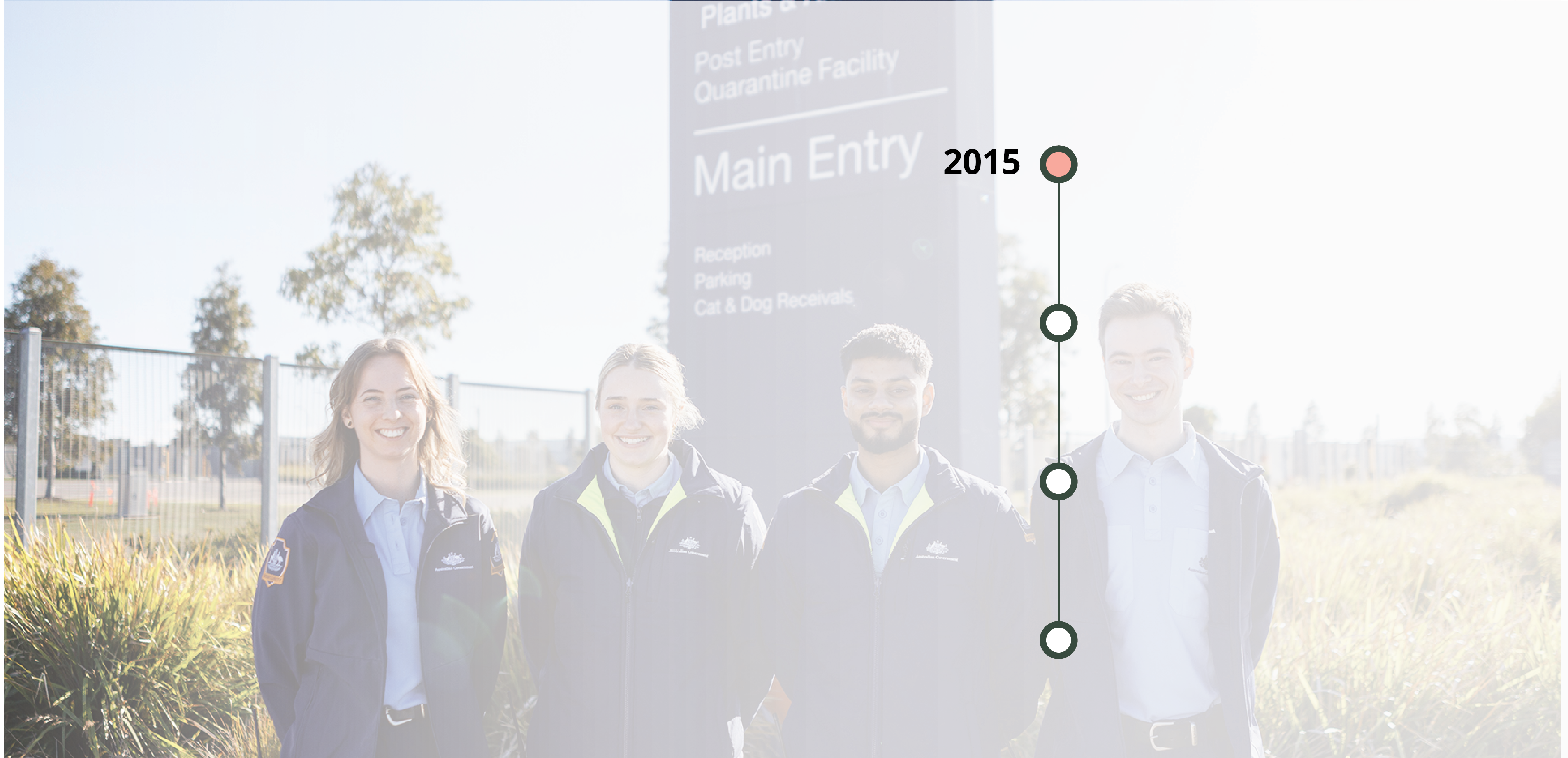
The new facility was opened on 26 October 2015, by Hon. Barnaby Joyce MP the then Minister for Agriculture & Water Resources.
The new facility consolidated our existing functions into a sustainable and reliable single site and adopted modern technology and operating practices.
Animals began arriving in late November. By December, it was an operational quarantine facility for plants, horses and bees.
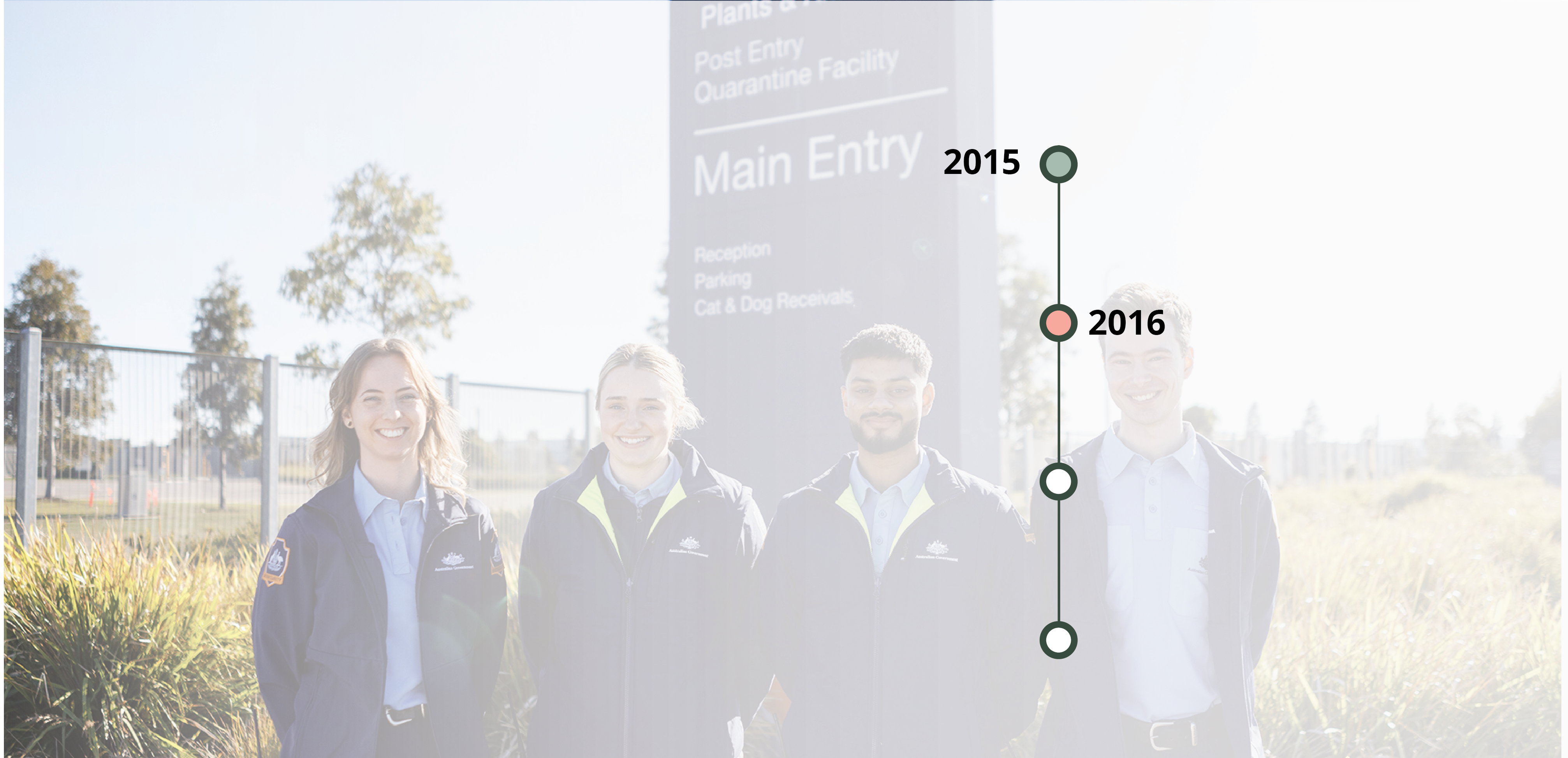
Post Entry Booking System (PEBS) was launched.
This new online booking system helps cat and dog importers to make post entry quarantine reservations. PEBS for plant importers was launched in 2017.
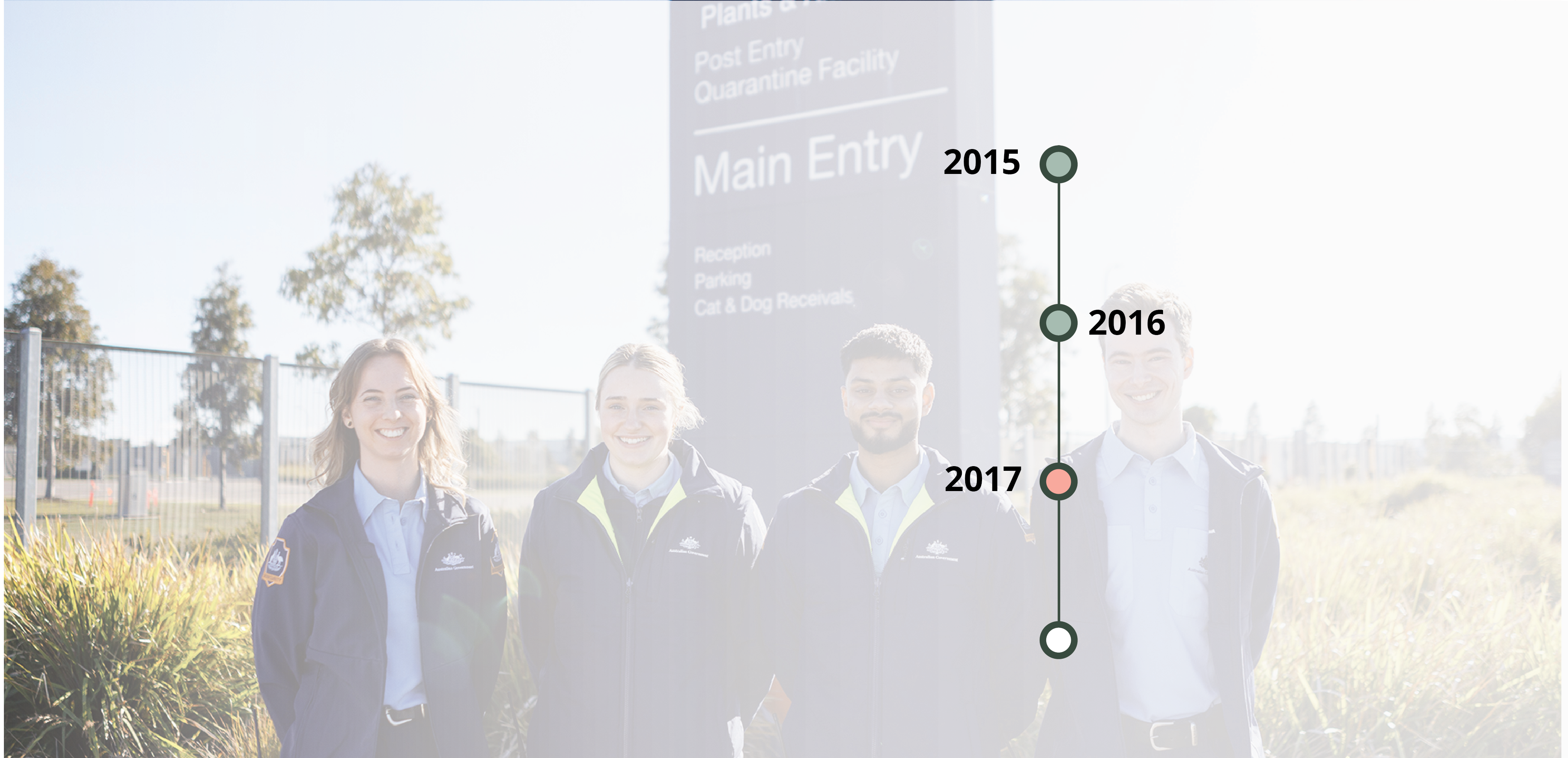
The Plant Innovation Centre (PIC) at PEQ was opened in late 2017. Fondly referred to as PIC@PEQ, this facility has provided a vital research and development capability for plant biosecurity.
That year, we also had 30 adorable local alpacas spend time at PEQ to help ensure the new ruminant compound was ready for imports.
During their stay we tested operational processes and workflows in the new compound. At the end of 2 weeks of testing, they were returned home to Northern Victoria.
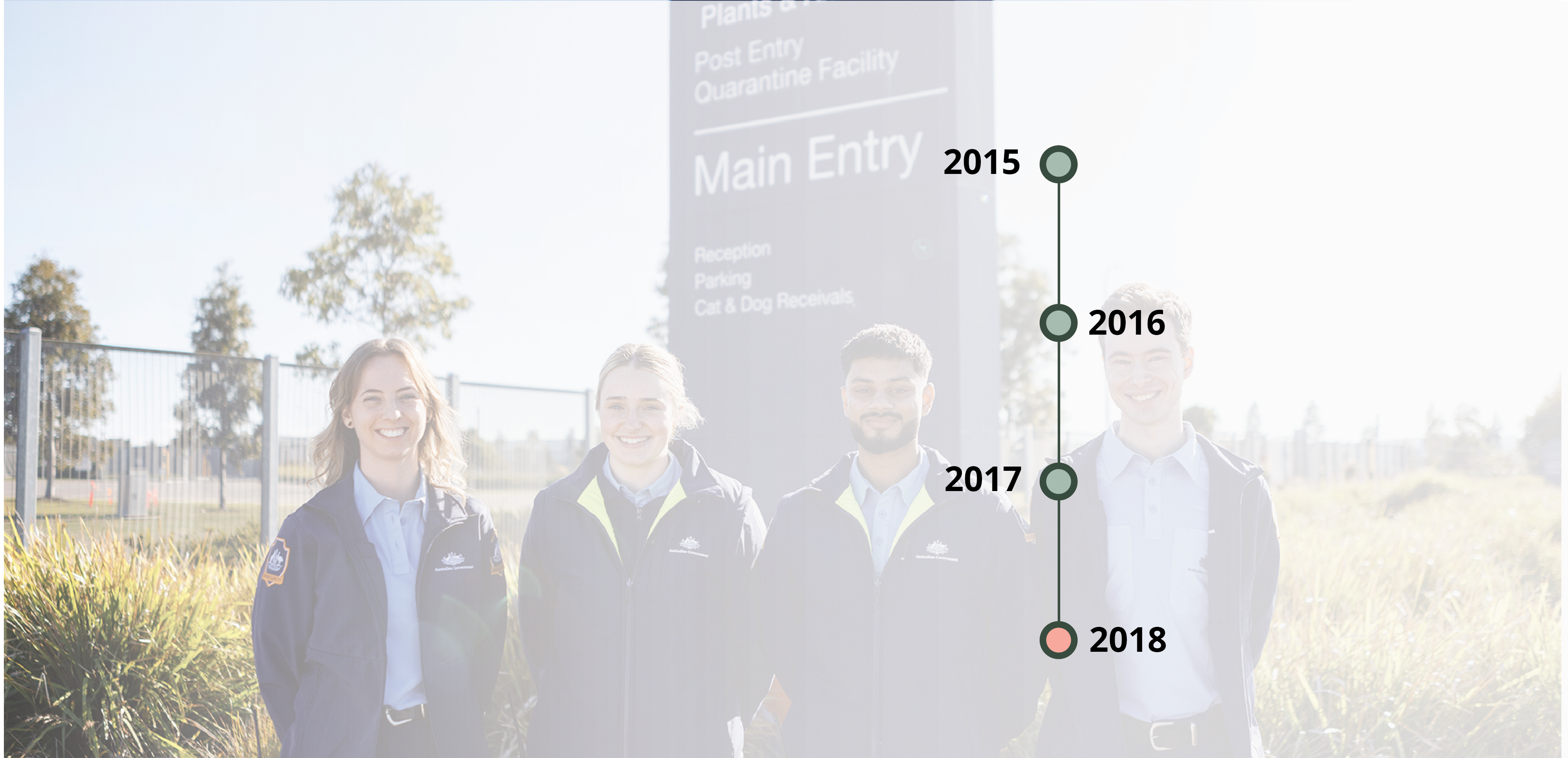
Stage two of the two-stage delivery was completed in October.
The remaining cat, dog and ruminant facilities were now fully operational. Since opening, PEQ had already housed more than 17,500 dogs, 8,700 cats and 1,700 horses.
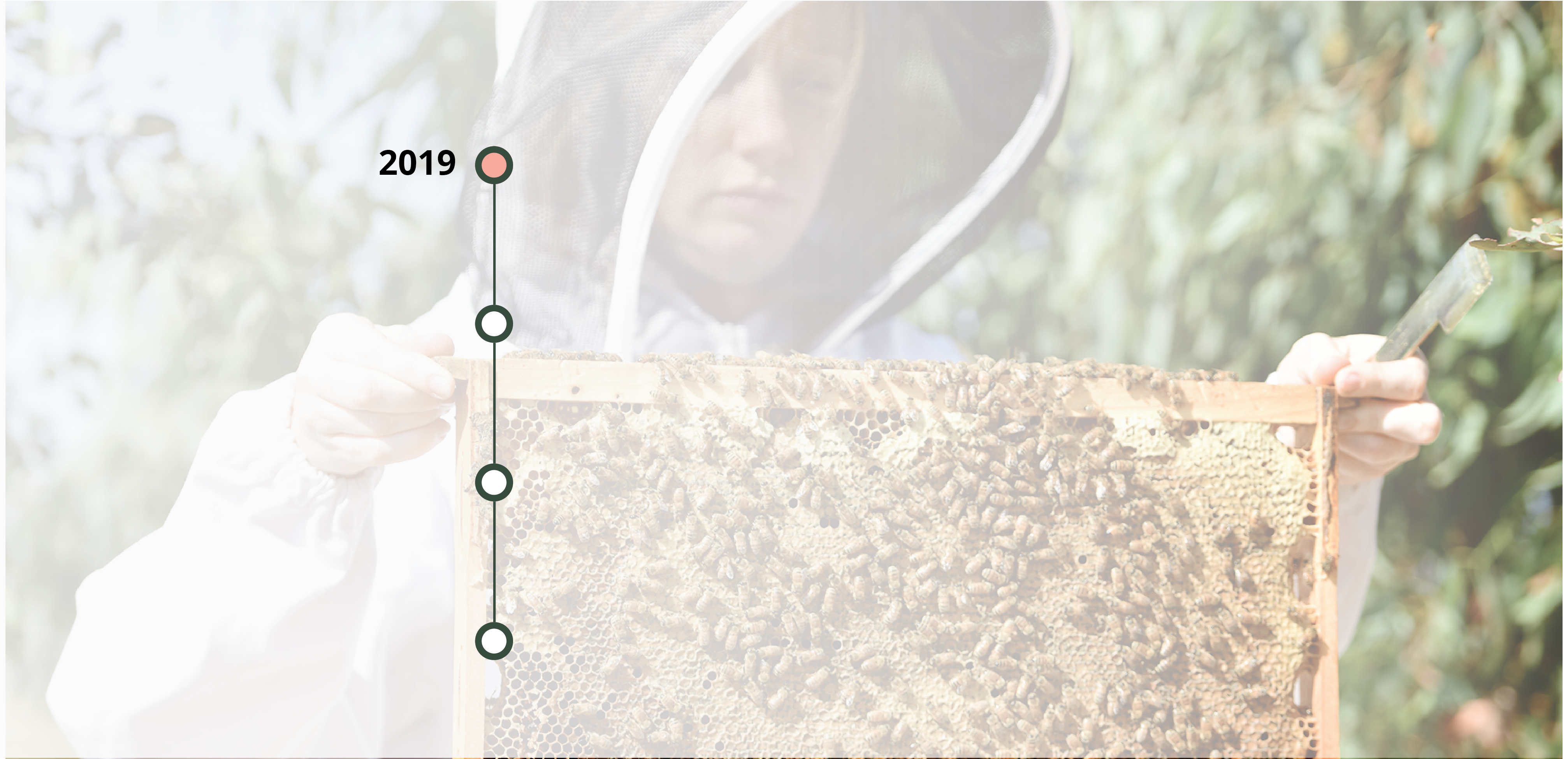
The avian building opened at the end of January, with the first avian intake on 19 June.
A time capsule was buried to mark the completion of the PEQ facility and will be opened in 2069 to commemorate 50 years of operation.
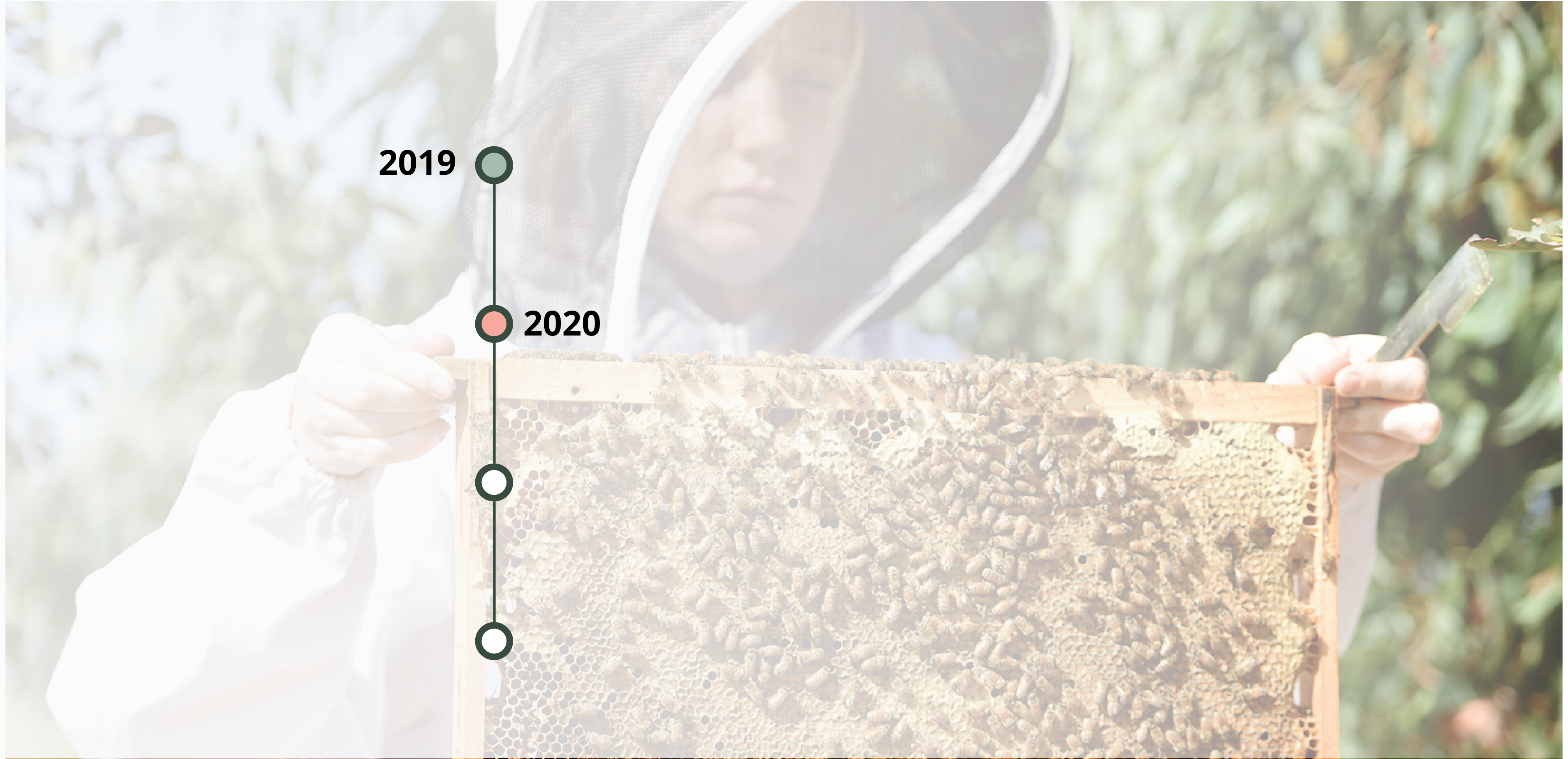
The COVID-19 global pandemic was declared, affecting the number of animals that were able to enter the country.
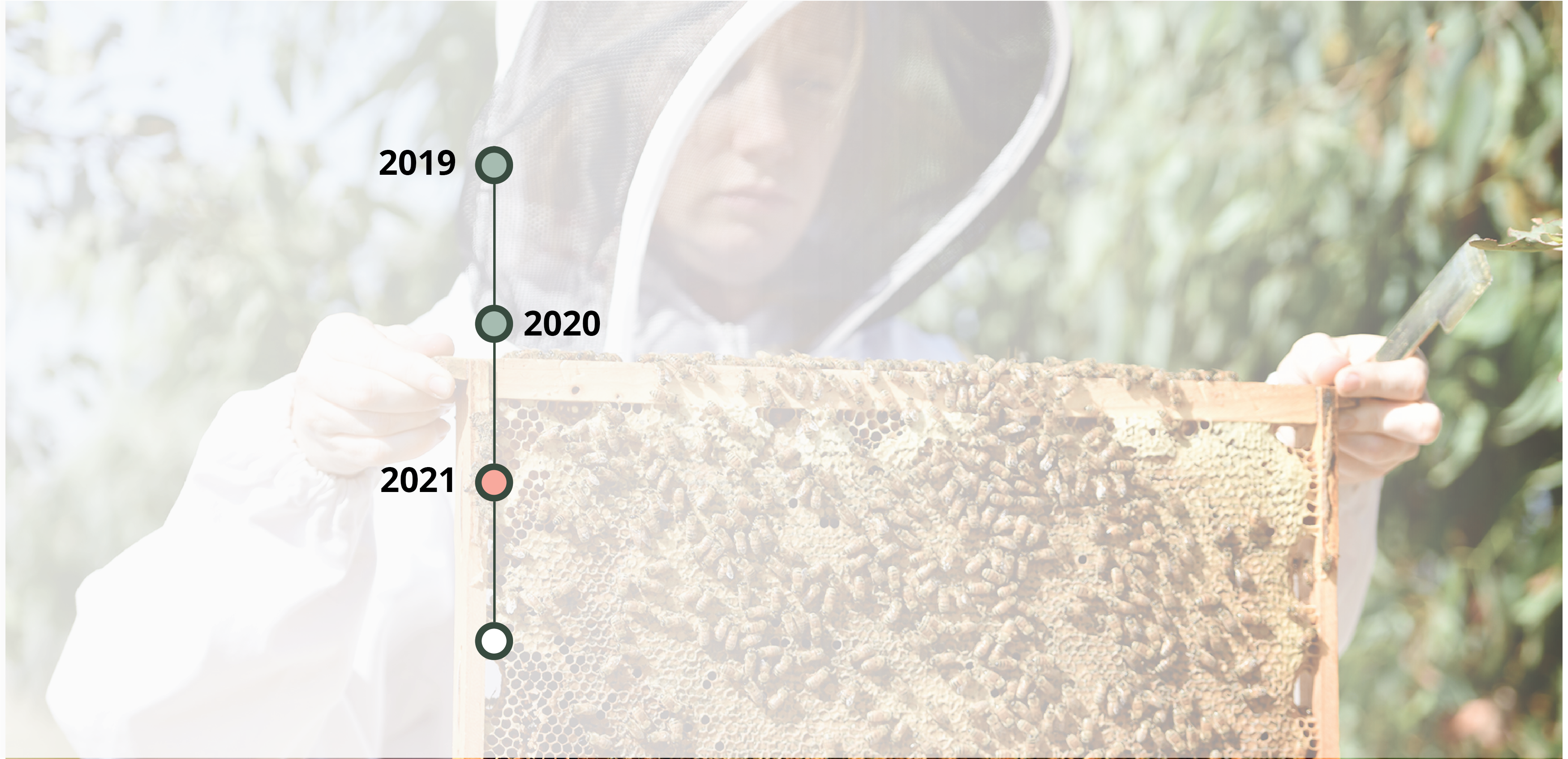
In March, PEQ received their first queen bee import. Then in April, the facility hosted Moonwatcher – the first American Mammoth Donkey to be imported to Australia from the US in 20 years.
Virgil, a member of Australia’s medal-winning equestrian eventing team from the Tokyo Olympics, touched down in Melbourne for his mandatory 14-day quarantine at PEQ.
The 16-year-old Olympian horse was tested for diseases that do not exist in Australia before he was released from quarantine.
On 2 August, Air Canada ‘ark in the sky’ charter flight carrying 74 dogs and 26 cats arrived at Melbourne Airport from Vancouver. This was part of the final leg of a mission to bring them home after being separated from their owners because of COVID-19 restrictions.
Staff at PEQ acted as caretakers for a sapling of a sacred tree revered by the world’s Buddhist community.
The sapling was imported from Sri Lanka, having been taken from a Bodhi tree (Ficus religiosa) planted there in 288 BCE. It is a direct descendent of the original Bodhi tree in India, under which Buddha achieved enlightenment.
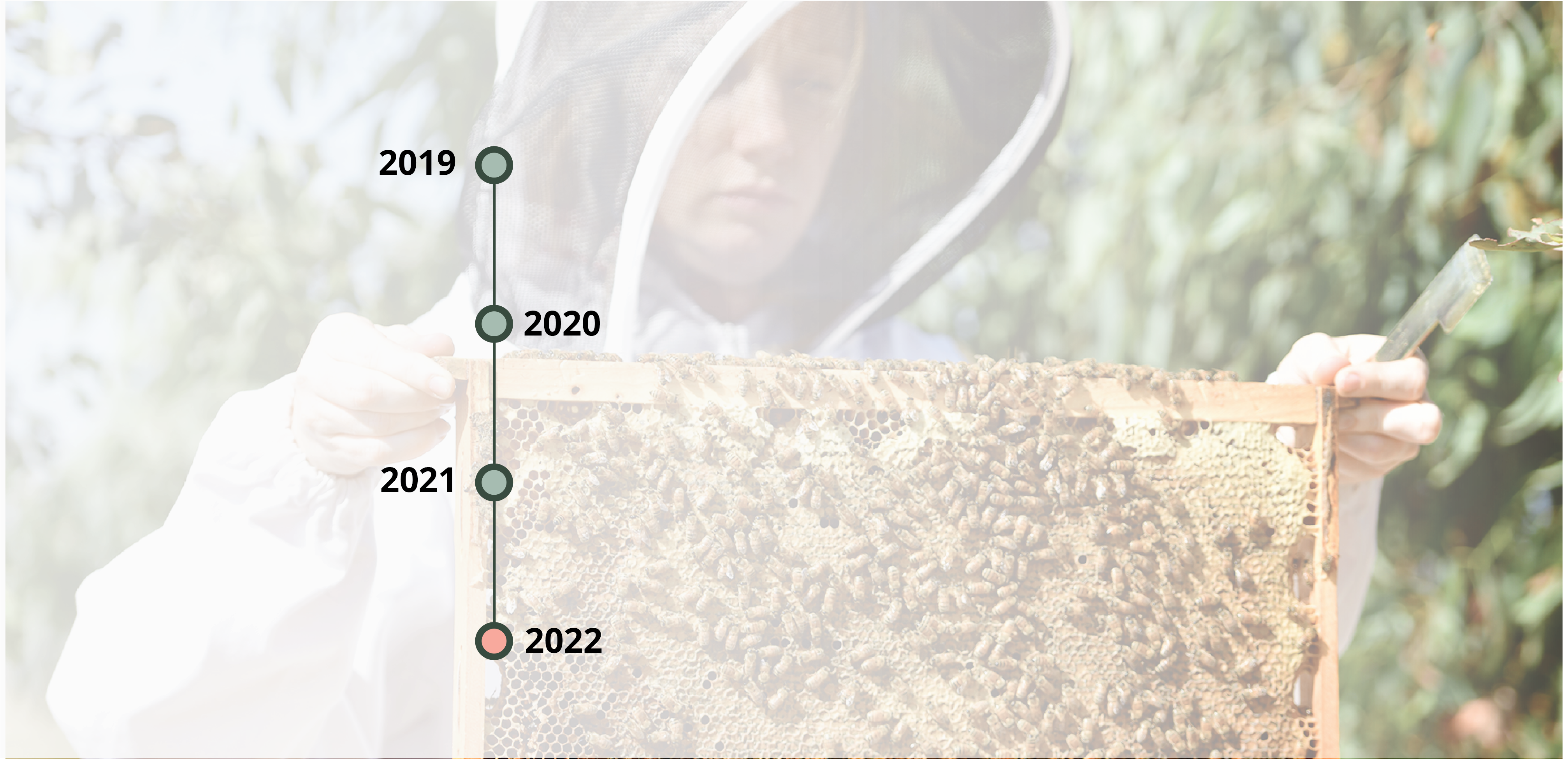
On February 7, PEQ received a consignment of 42,000 chicken eggs.
More than 38,000 were set in the incubators.
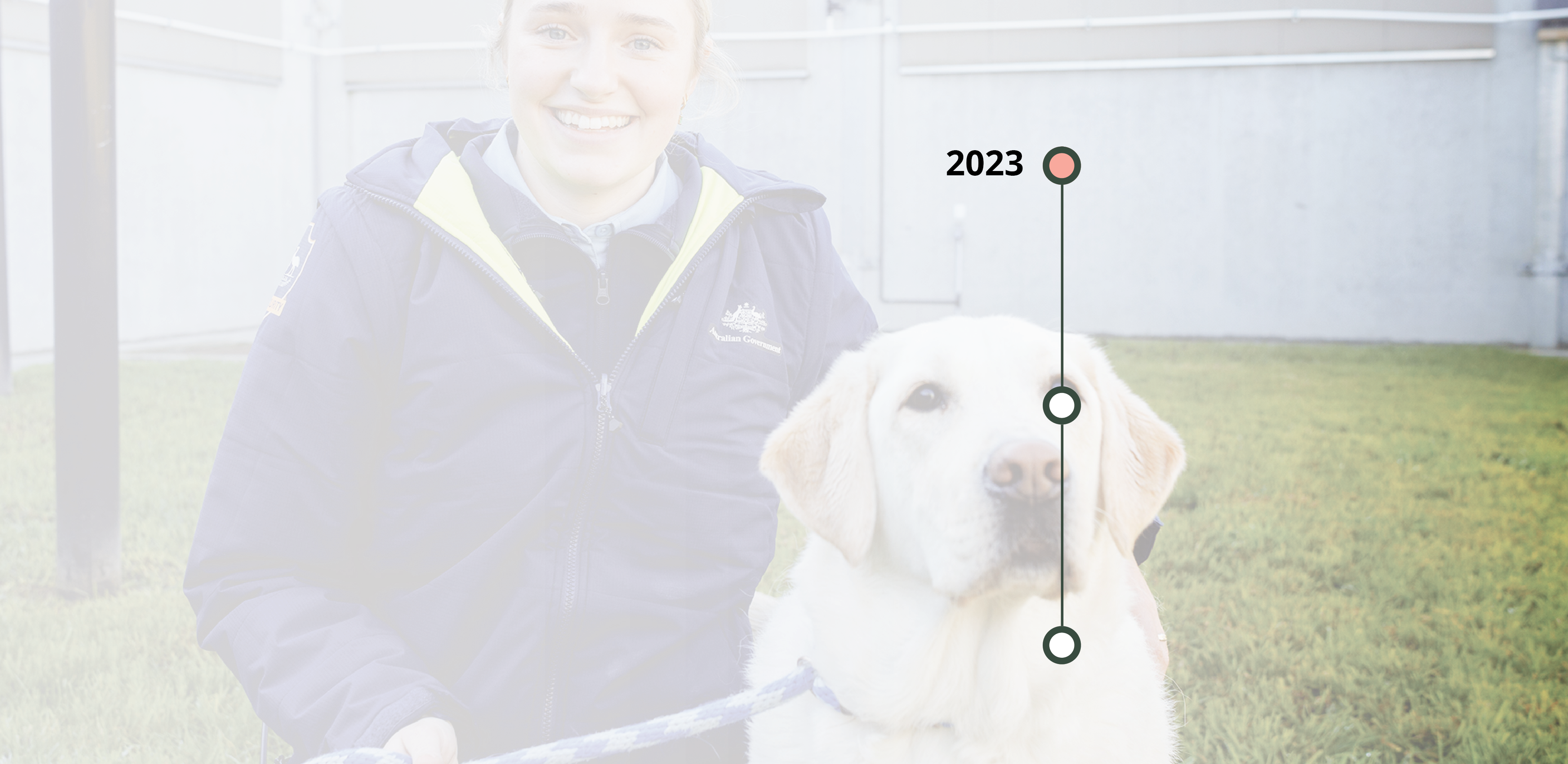
In July, the first imported sugarcane varieties grown at the PEQ facility were released.
After a successful trial growing domestic canes supplied by Sugar Research Australia, we agreed to handle the first international import of sugarcane at PEQ.
In December, we took a giant leap towards achieving our holy grail by implementing High Throughput Sequencing (HTS) at PEQ.
For many years HTS has been known as the ‘holy grail’ of diagnostic testing. One test which can be used to detect all plant pests simultaneously.
In 2023, we also undertook a review of rabies risks posed by imported dogs and cats.
The review led to changes to import requirements for cats and dogs entering Australia, including the minimum quarantine period.
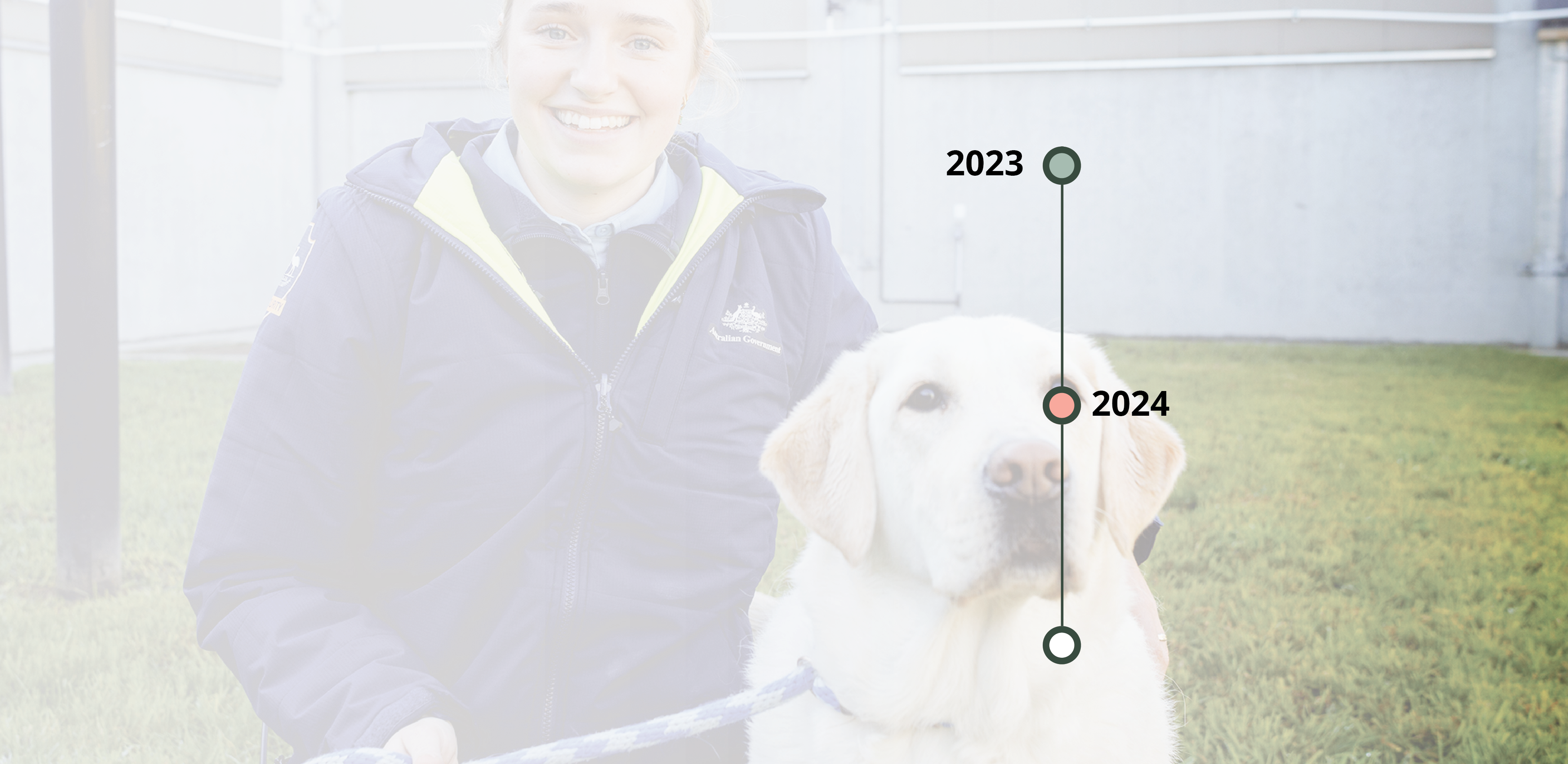
In 2024, Biosecurity officers at the PEQ processed a record number of companion animals.
8,121 cats and dogs underwent their quarantine period at the PEQ.
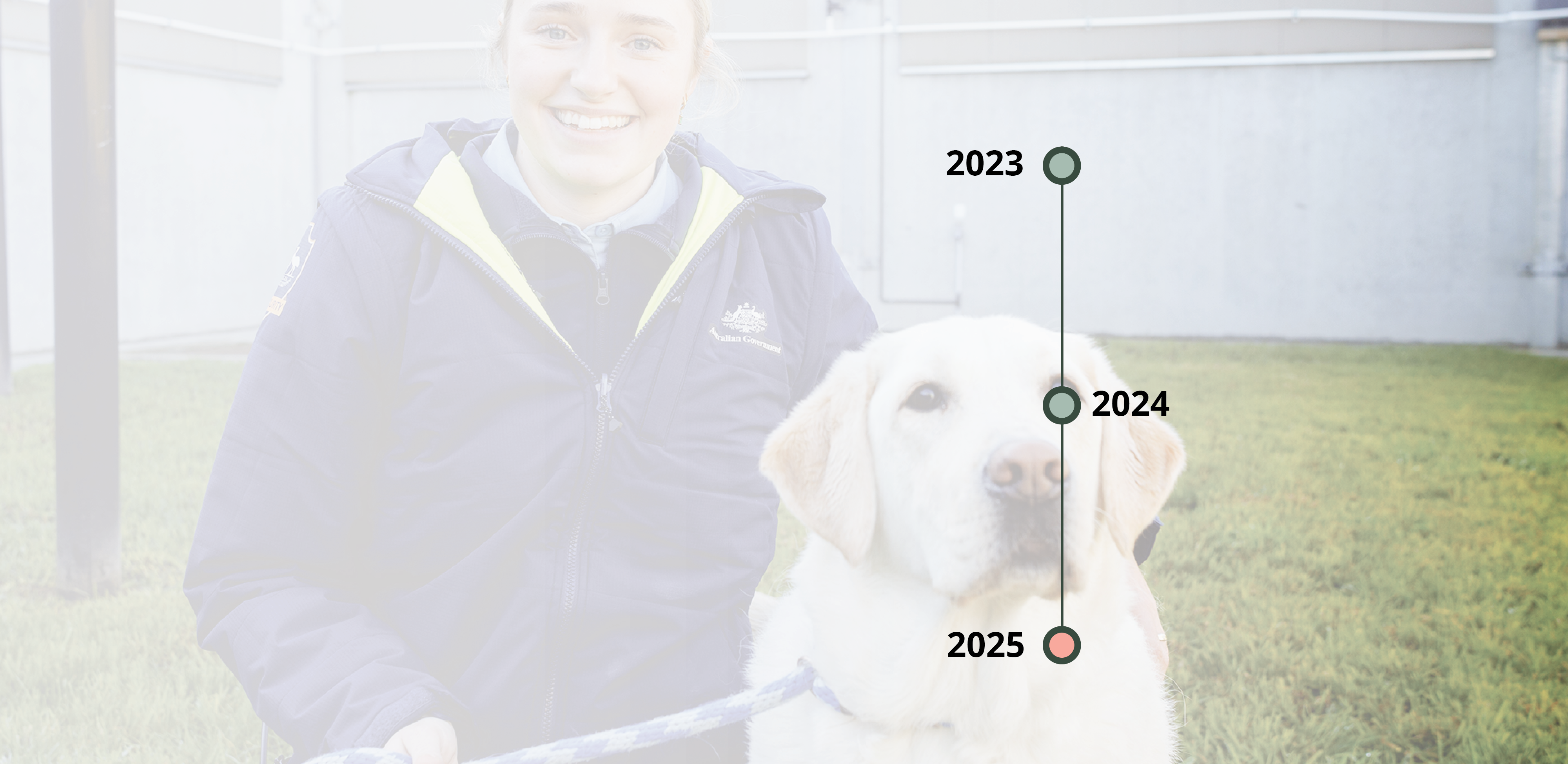
We completed a major solar photovoltaic (PV) installation at PEQ. Taking a significant step toward achieving our Net Zero by 2030 targets.
The PEQ is currently our most energy-intensive site.
Work undertaken during the past 2 years has seen the installation of roof top and carpark solar. The first step towards broader infrastructure enhancements for the department.
Over these past 10 years, the PEQ has housed a huge variety of plants and animals and used state-of-the-art technology to protect Australia’s biosecurity.
We have also continued to grow and evolve the facility.
Adopting new and emerging technology, ensuring the facility is energy efficient, optimised for diagnostics and surveillance, and ready to meet the needs of the future.
We are committed to building on this crucial resource to ensure we are prepared for the biosecurity challenges of the future.
